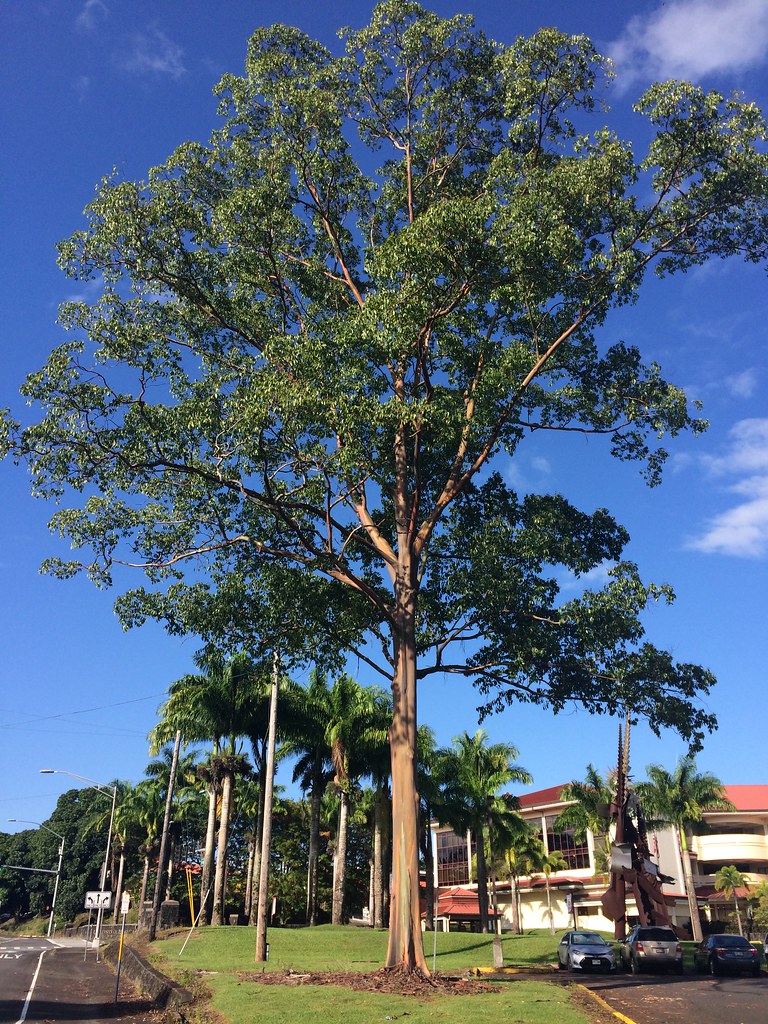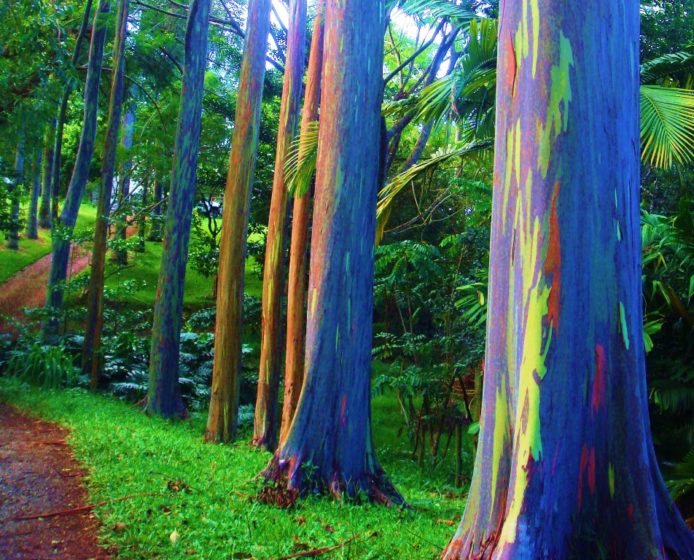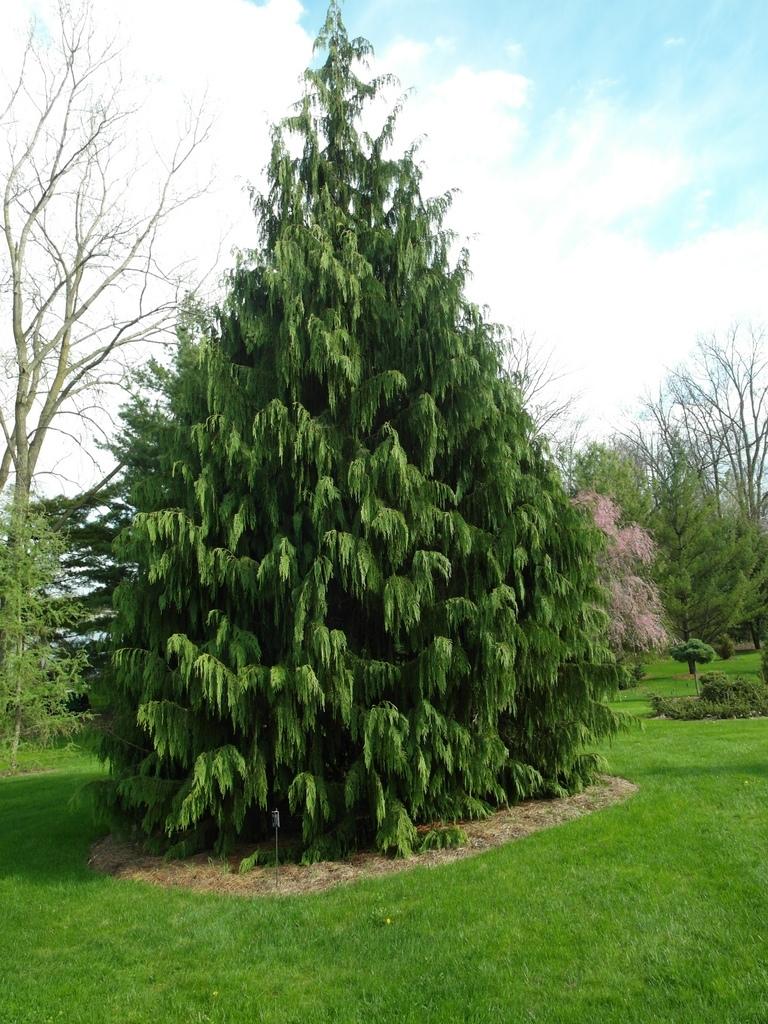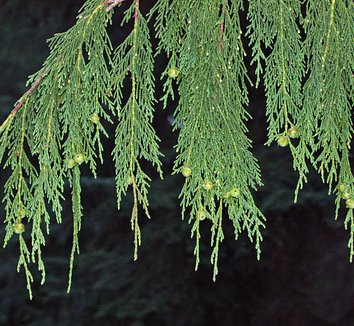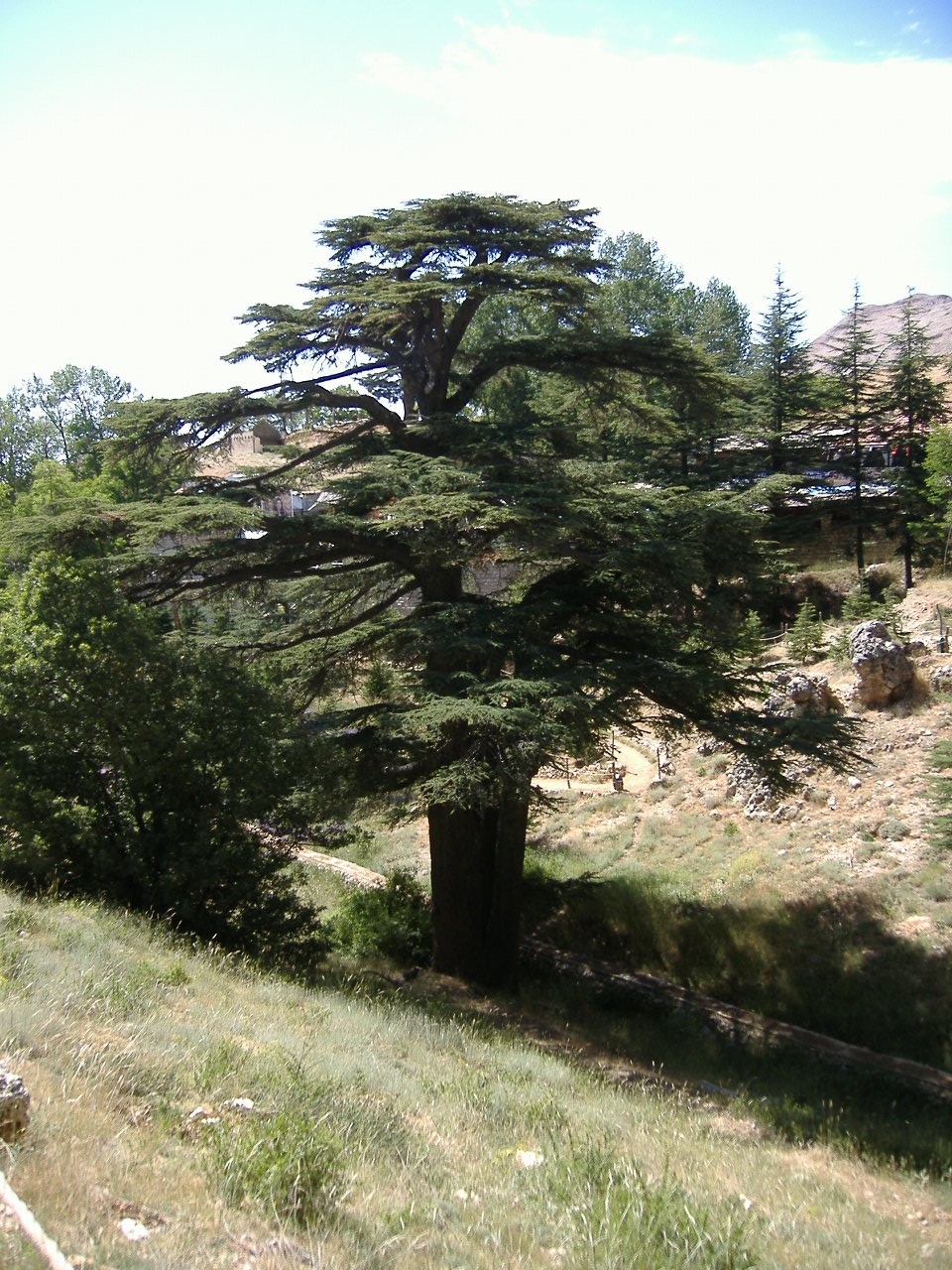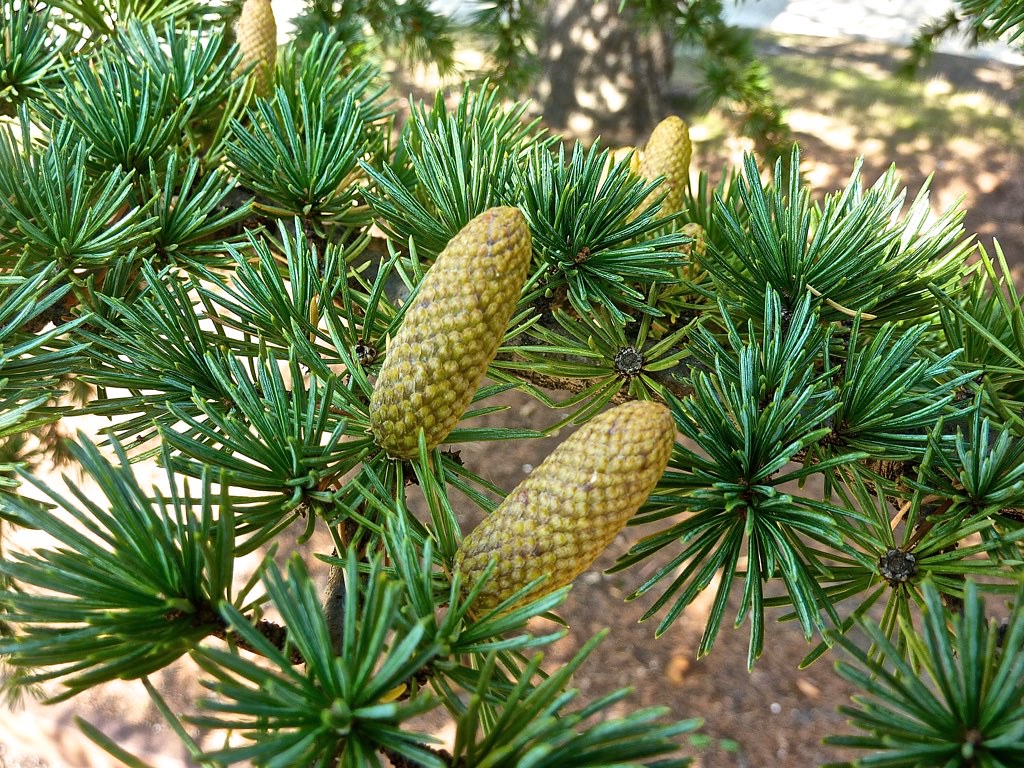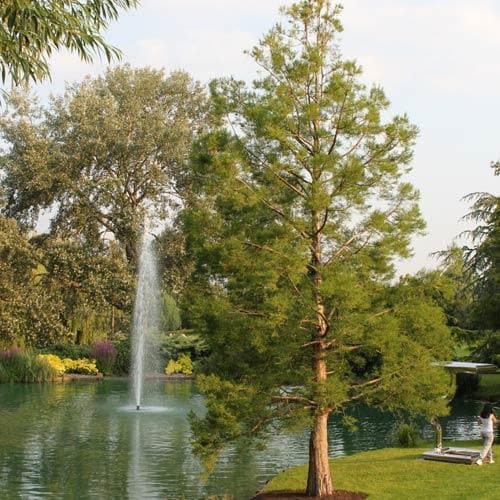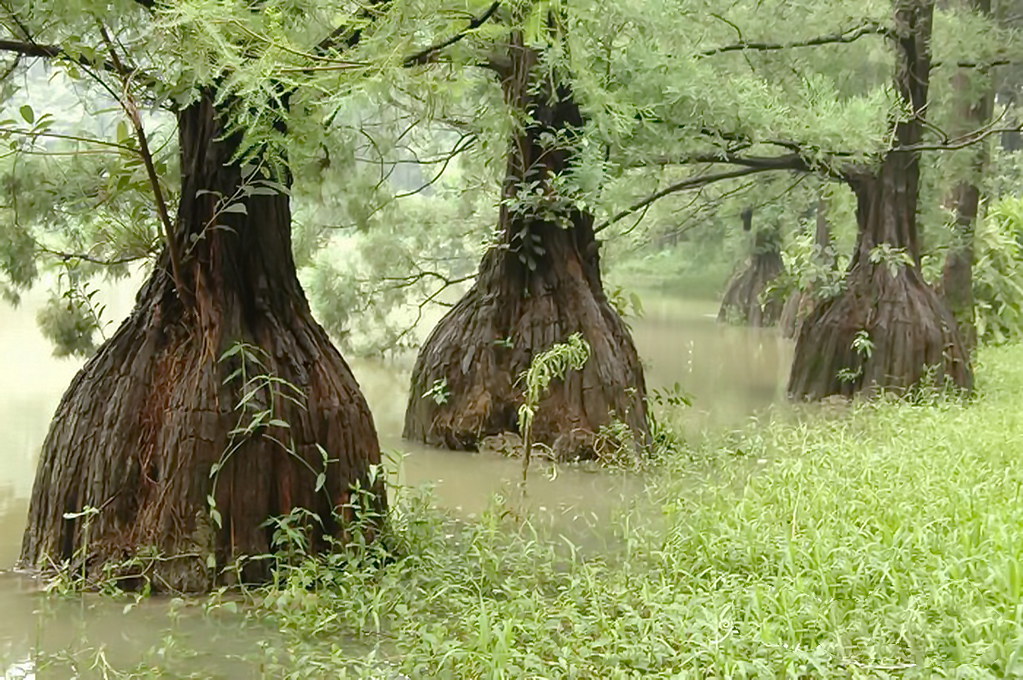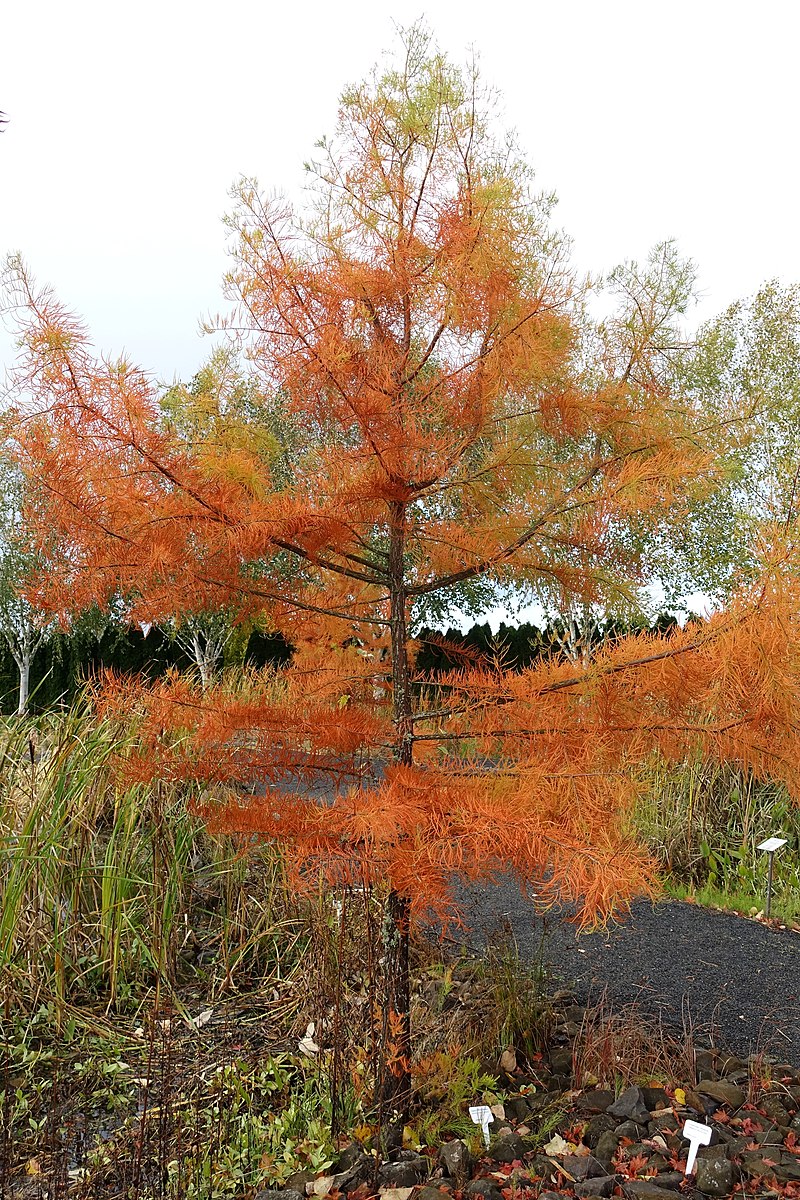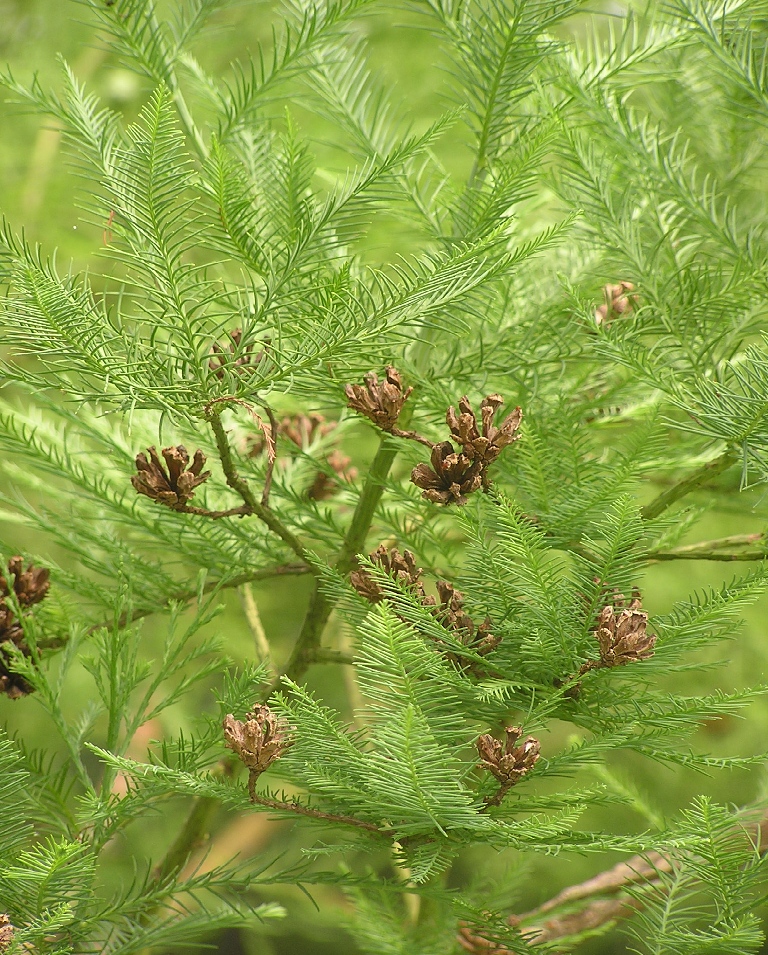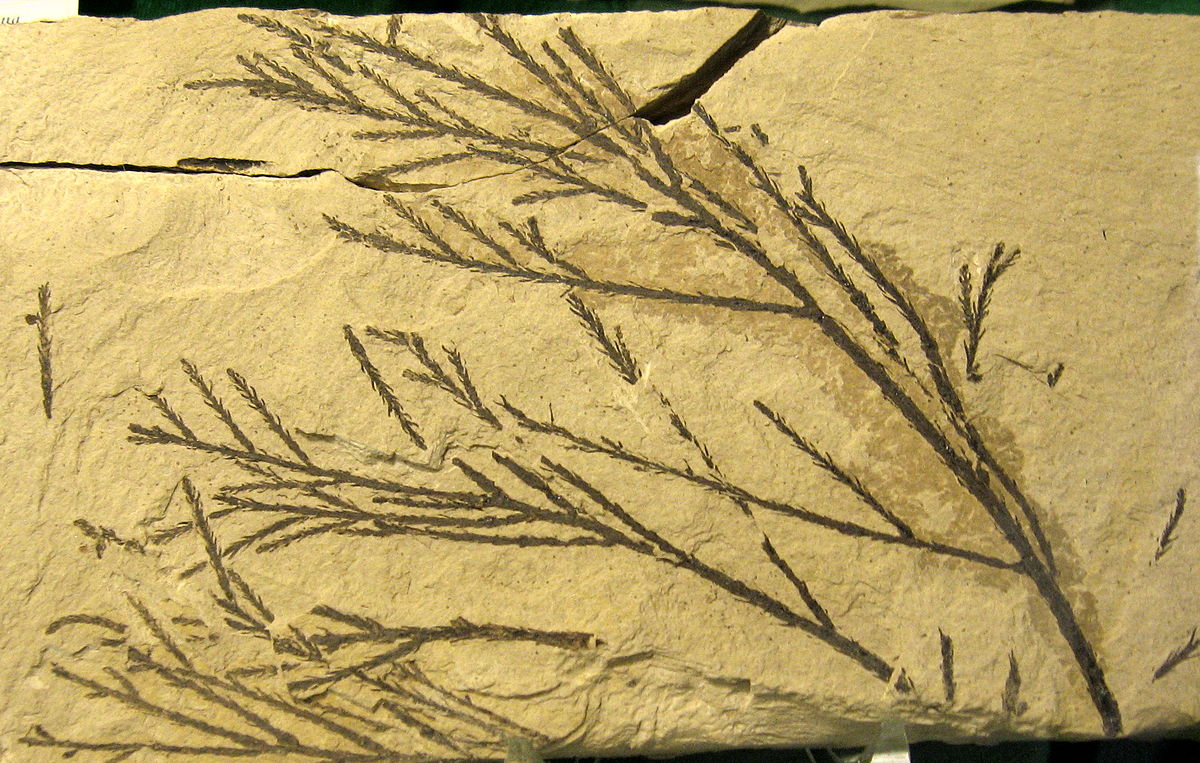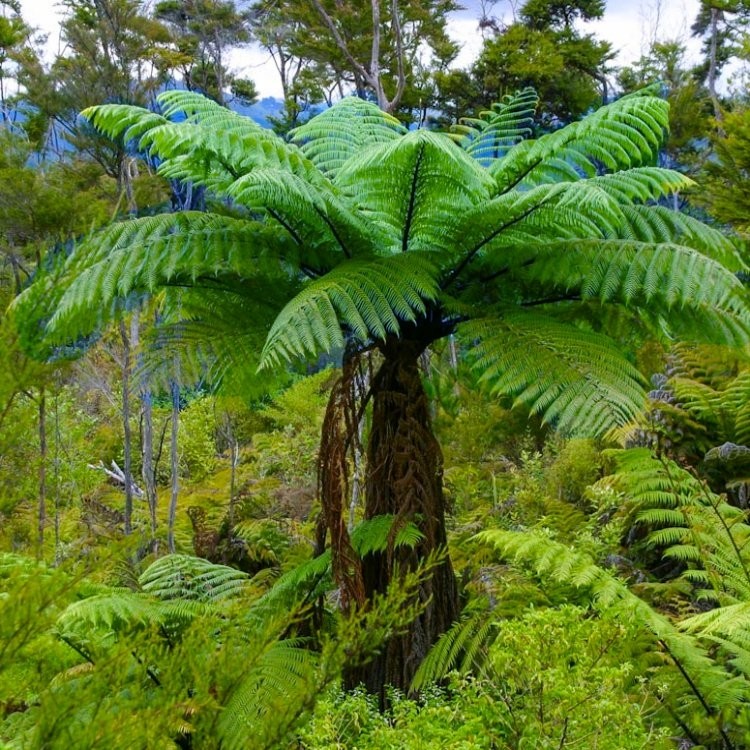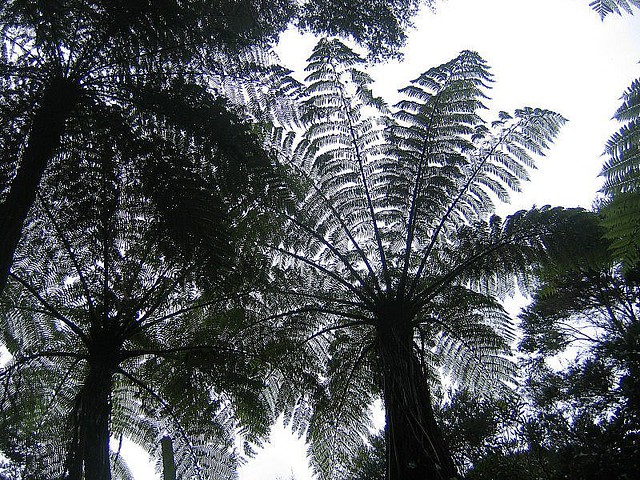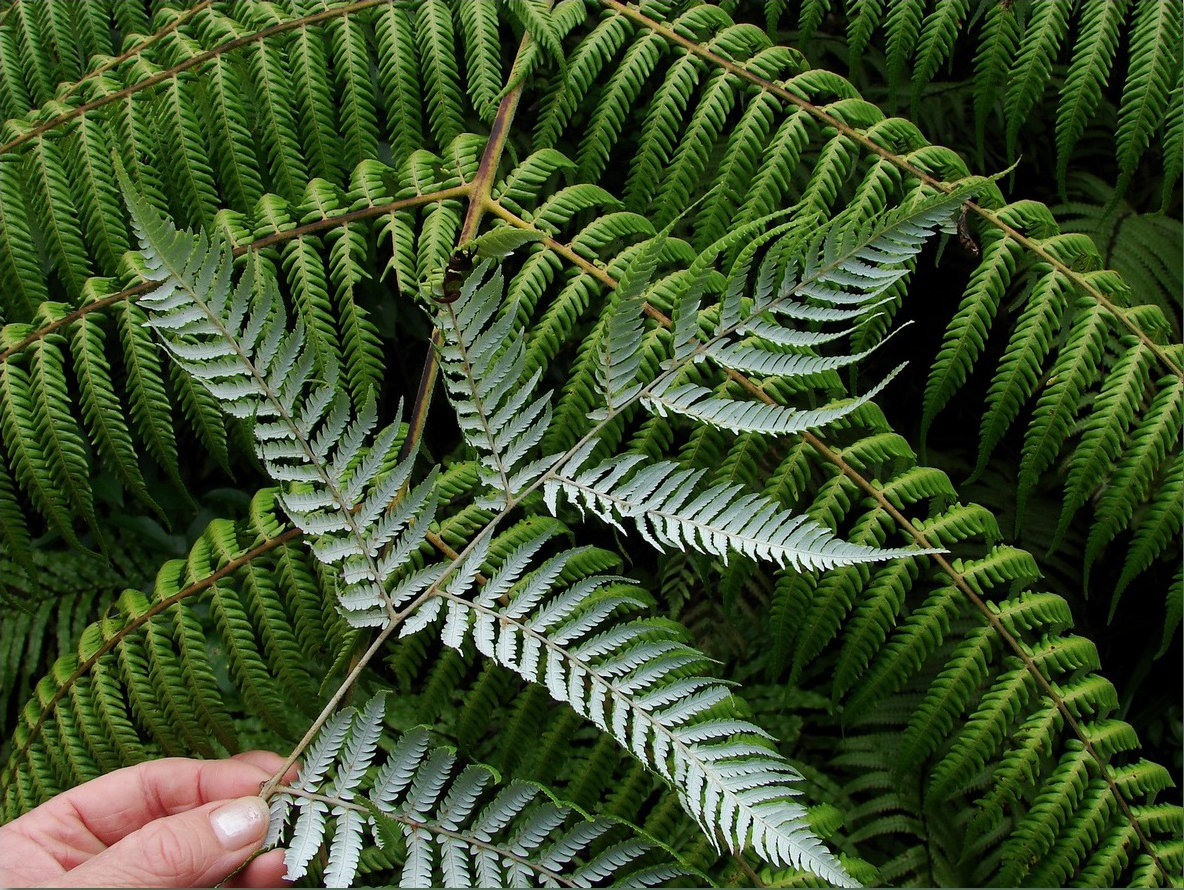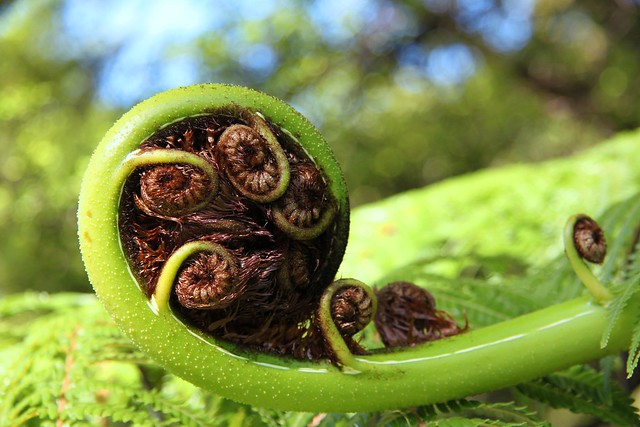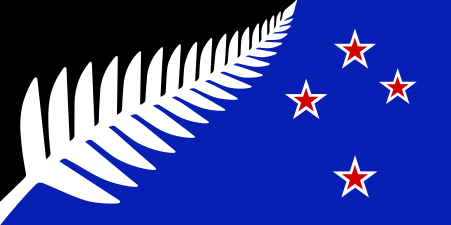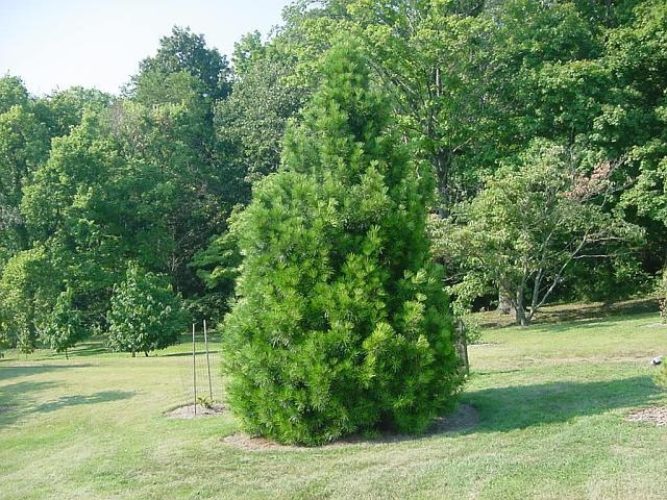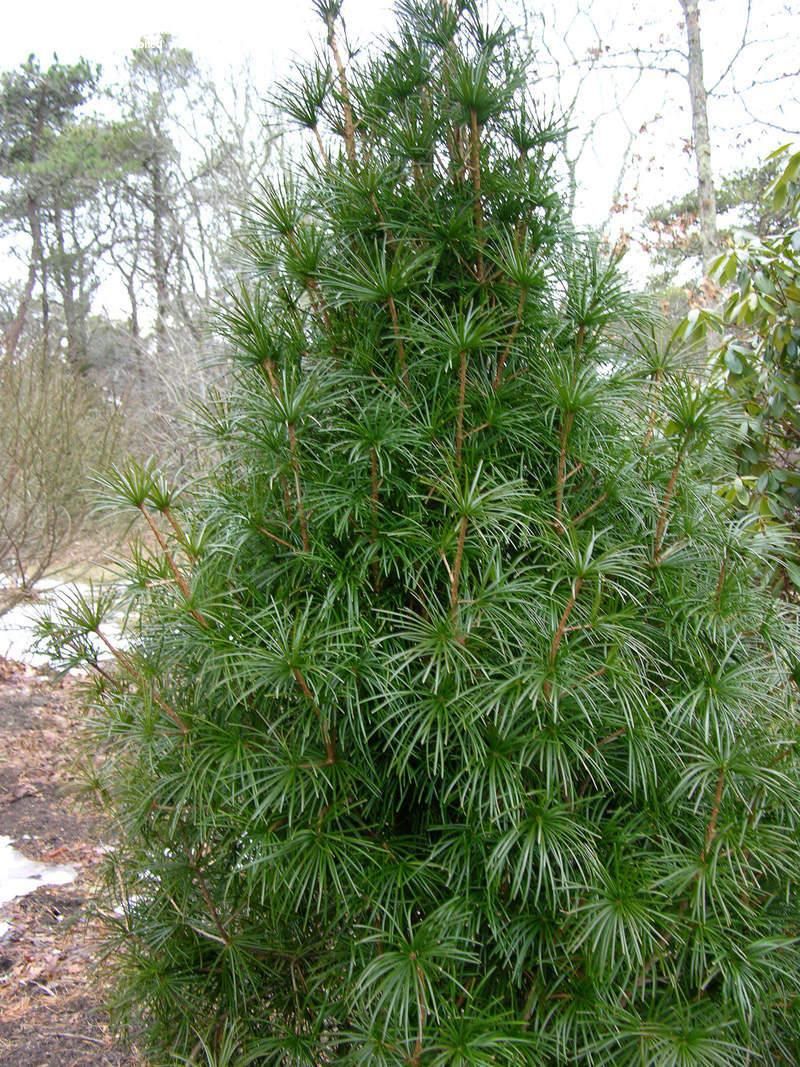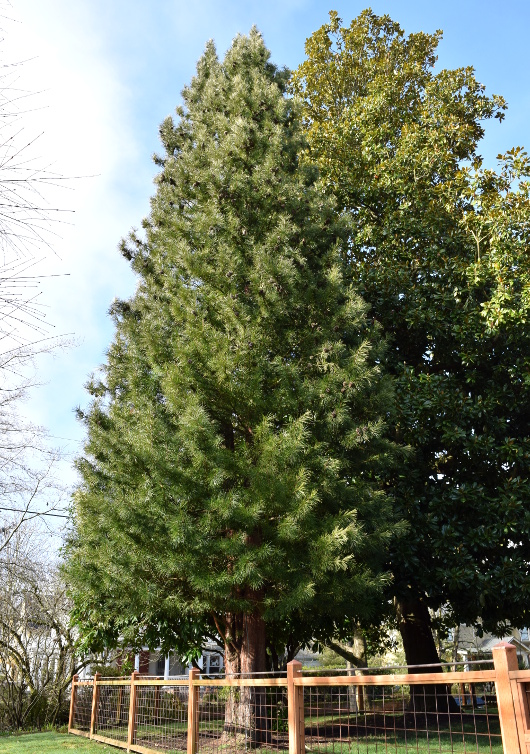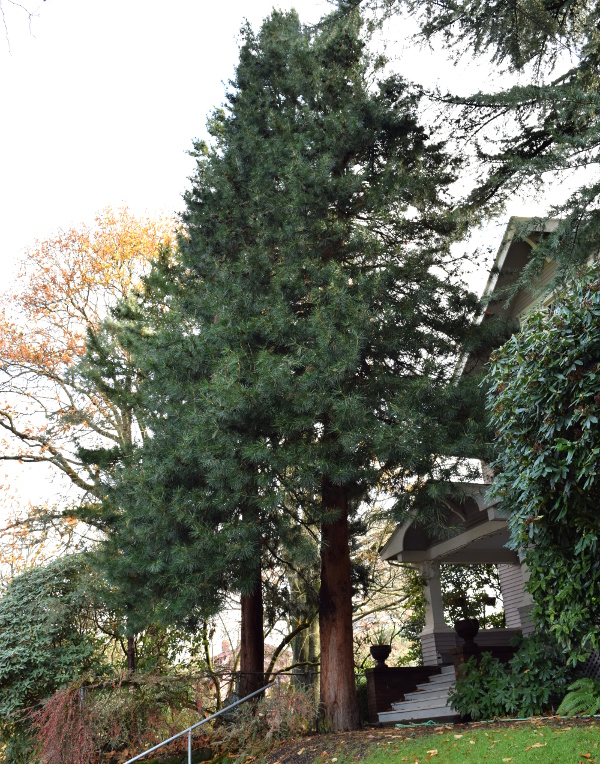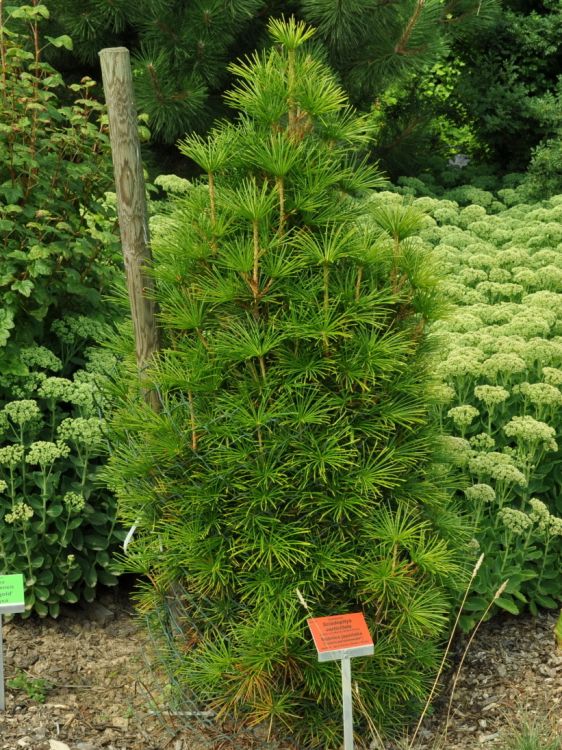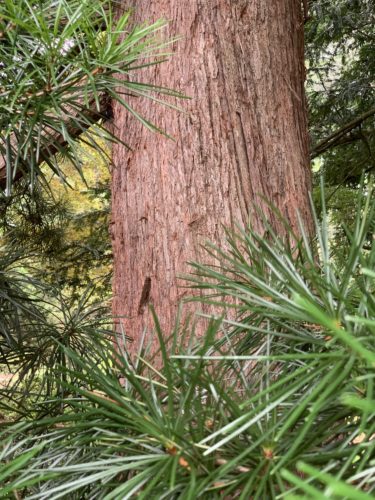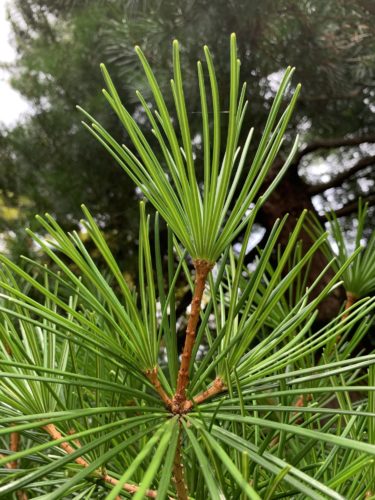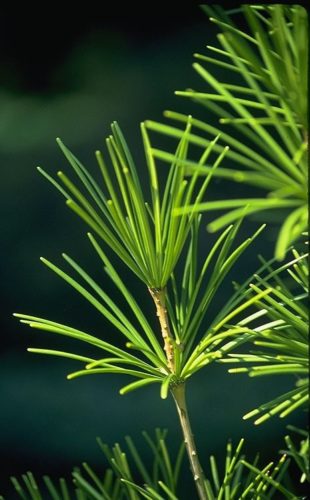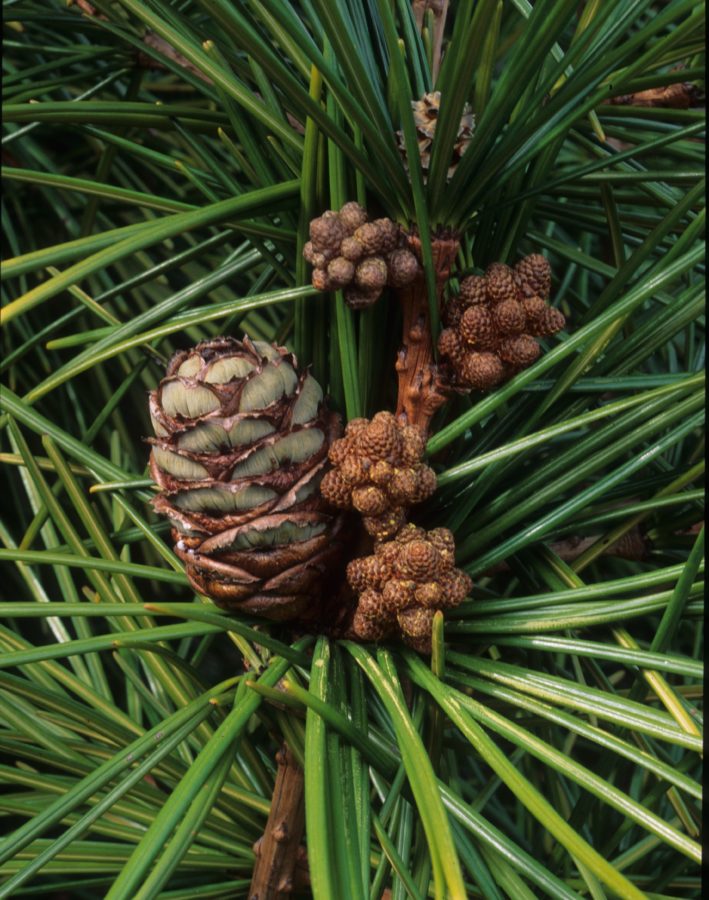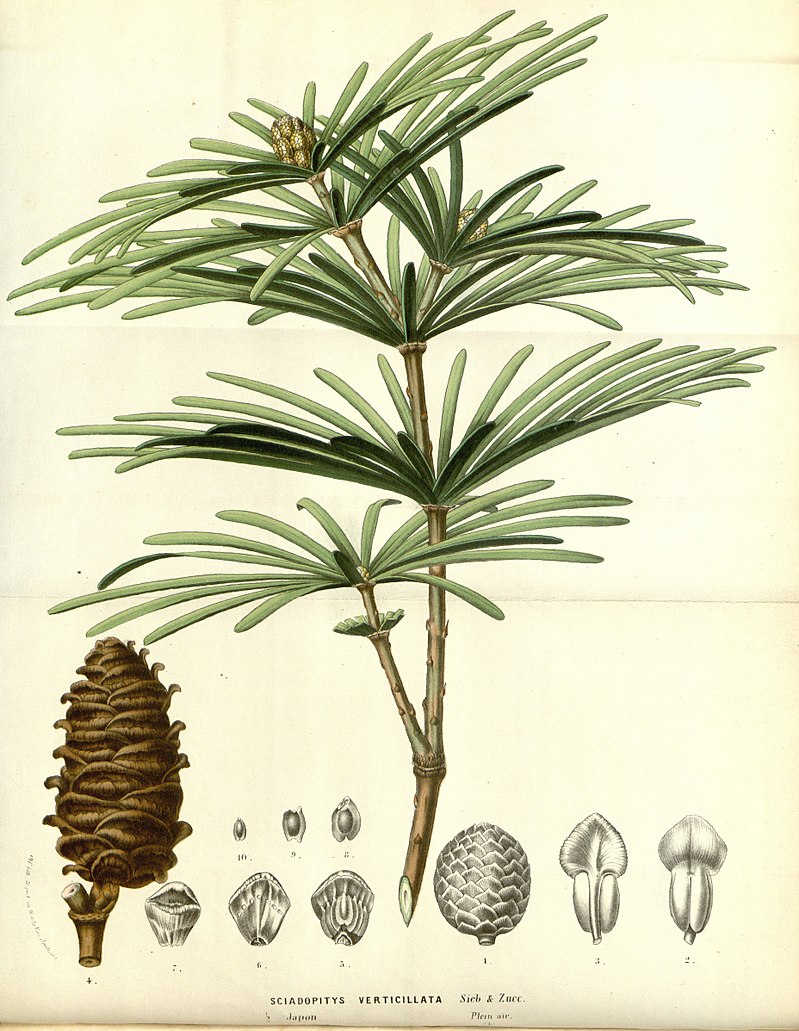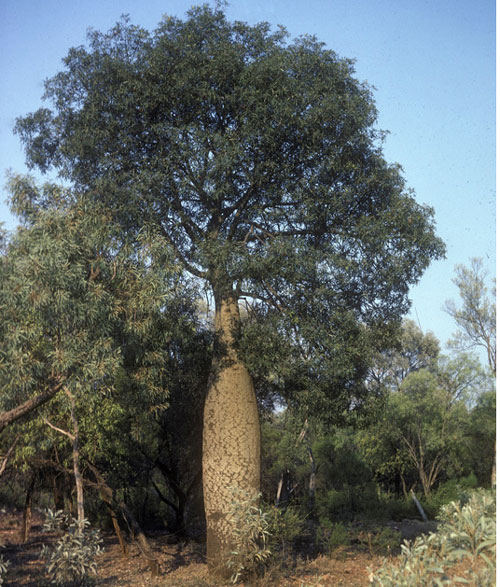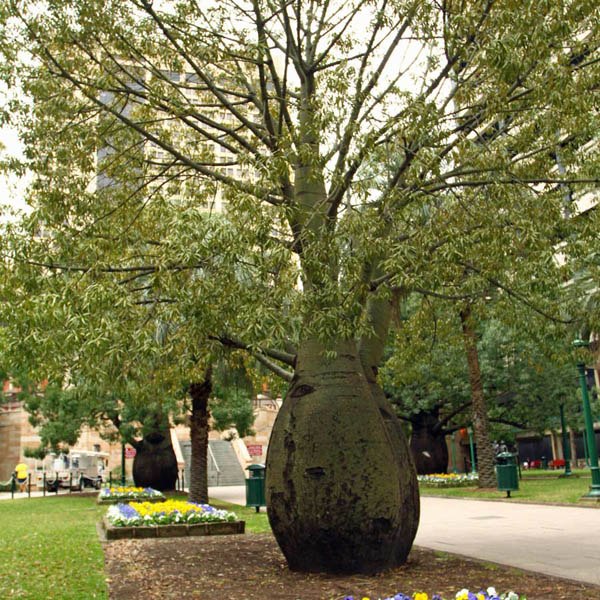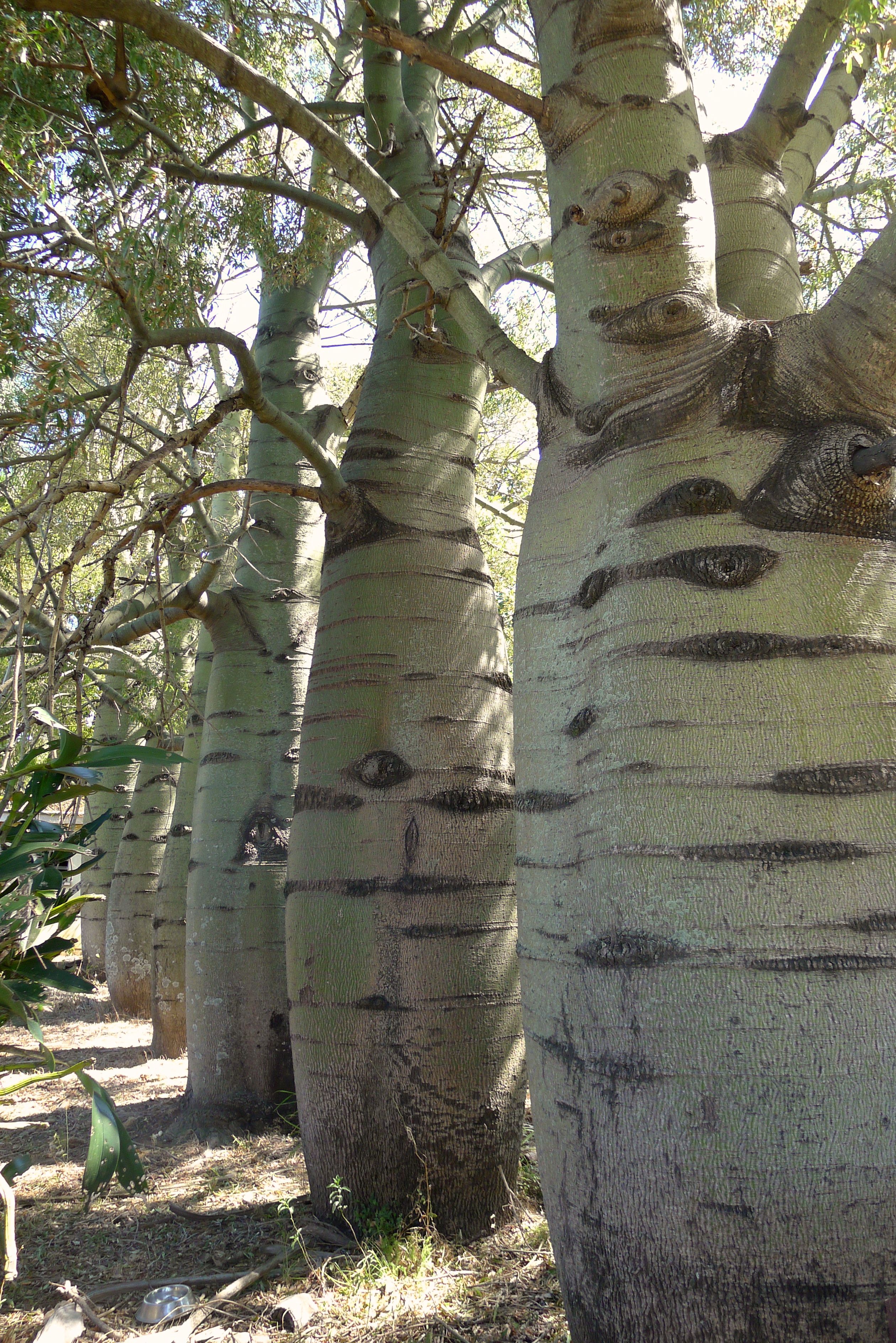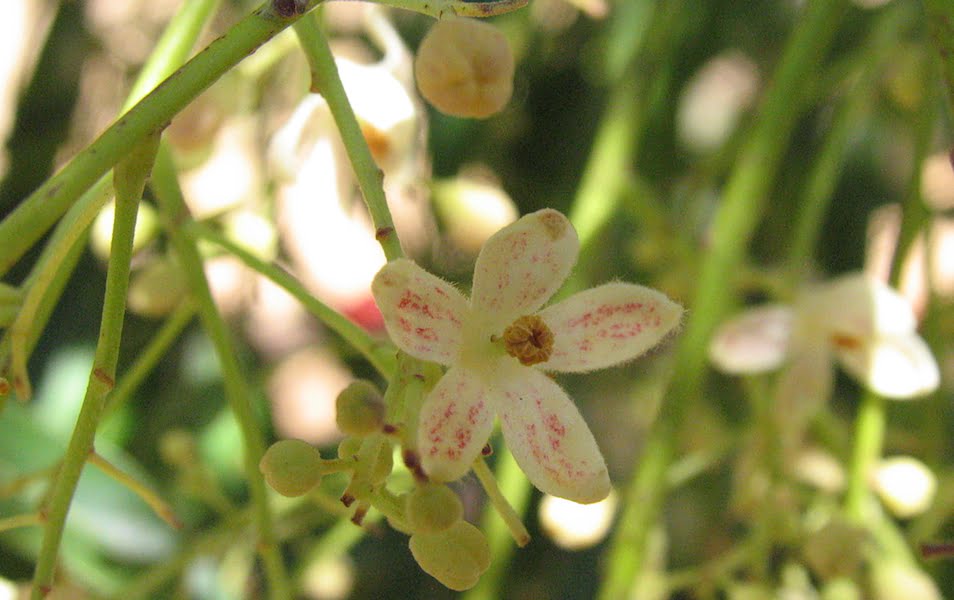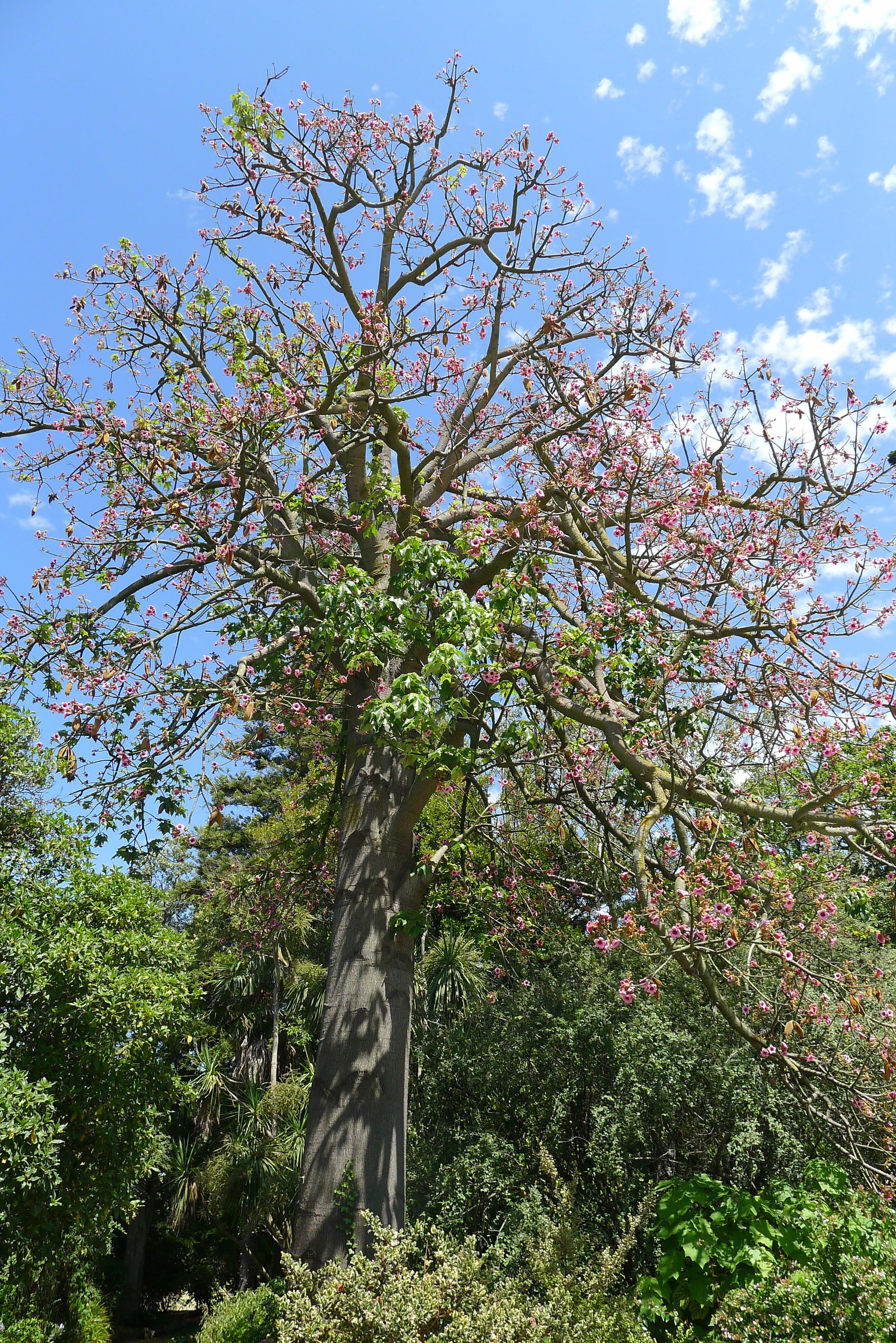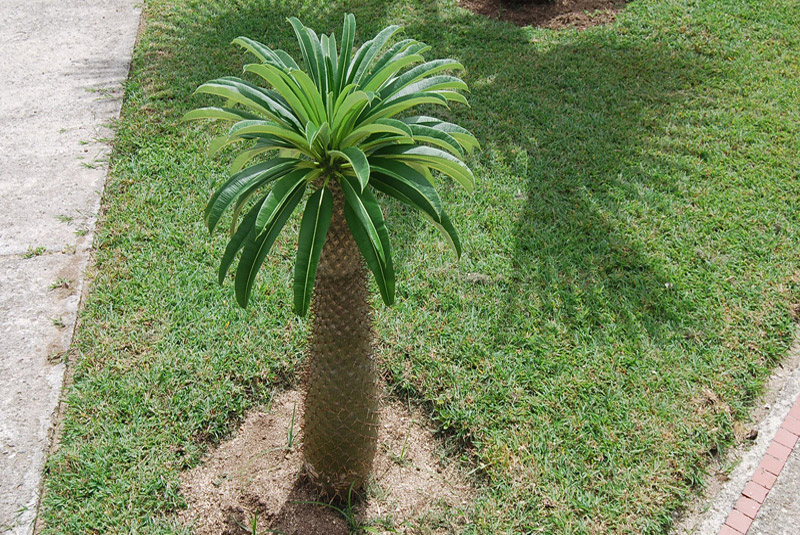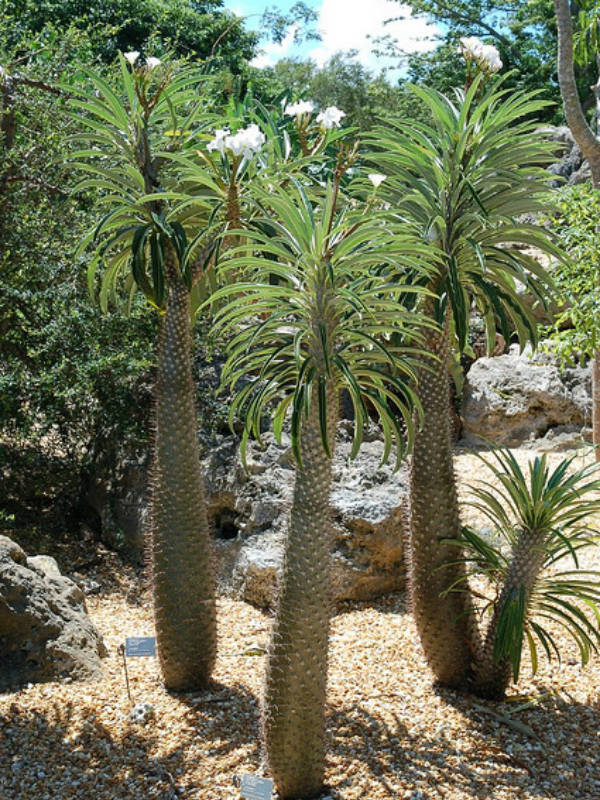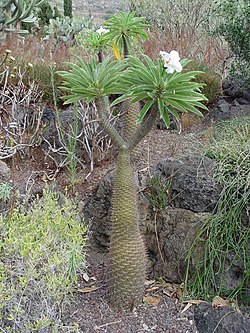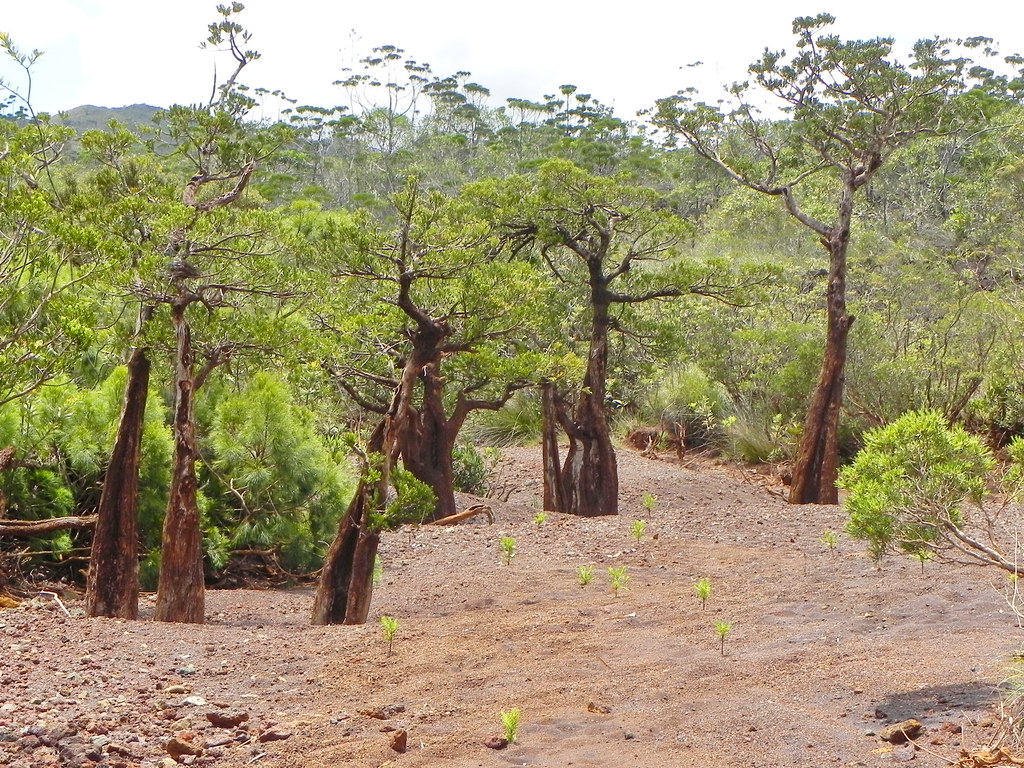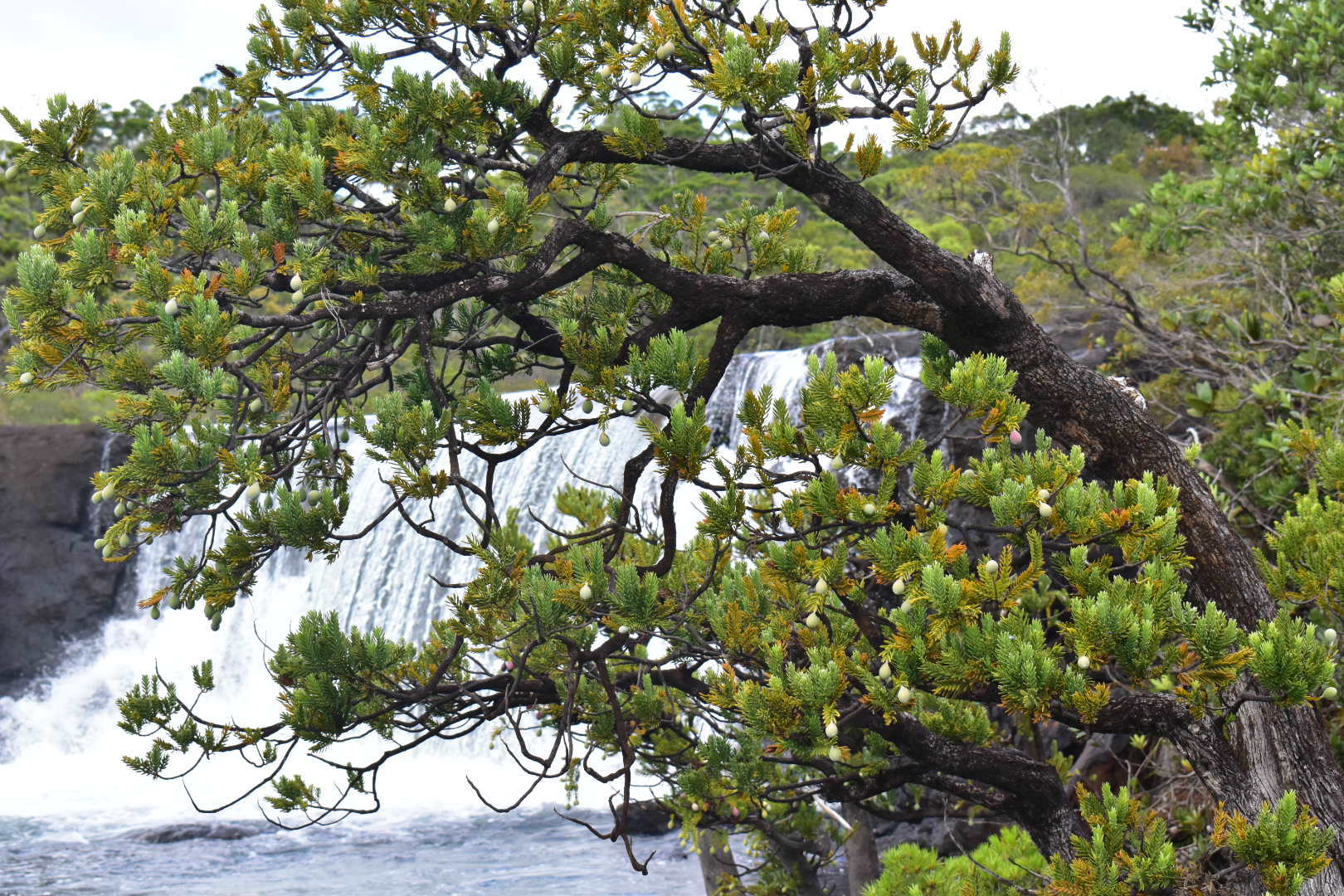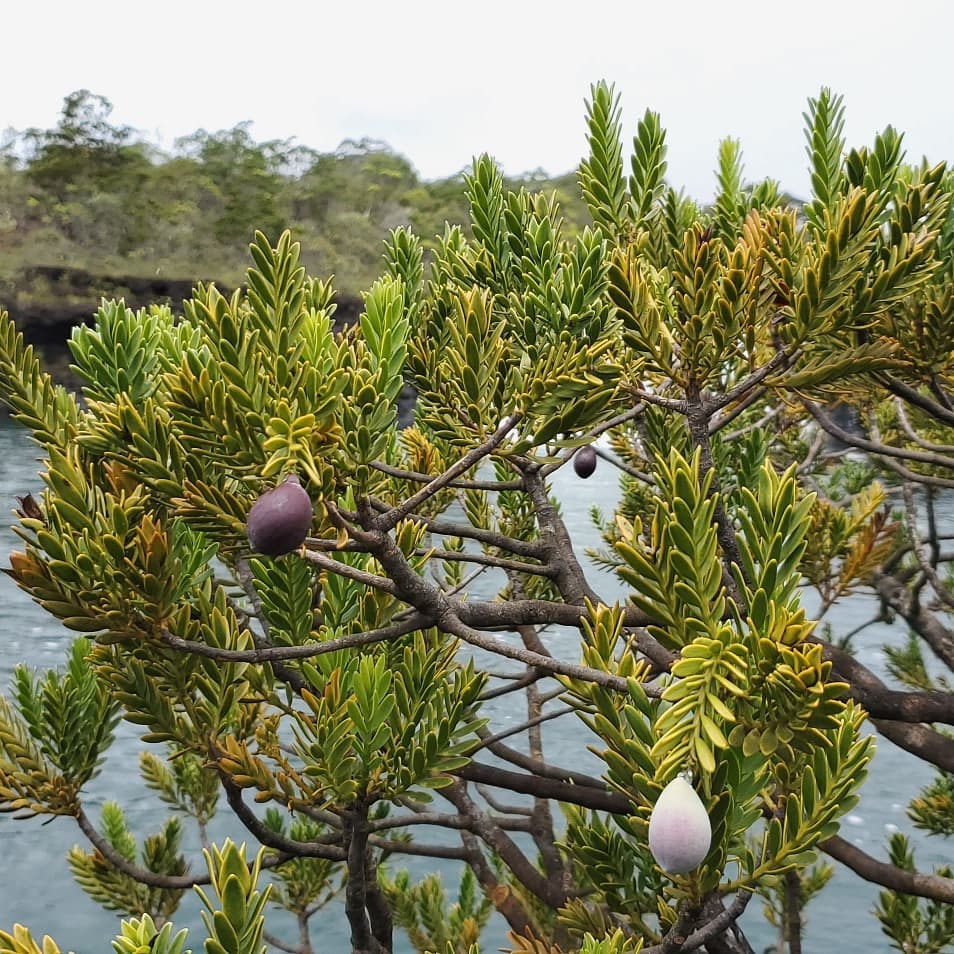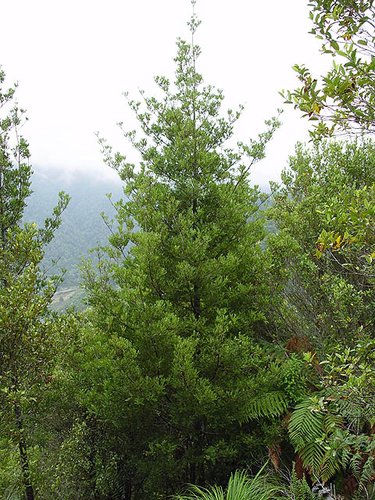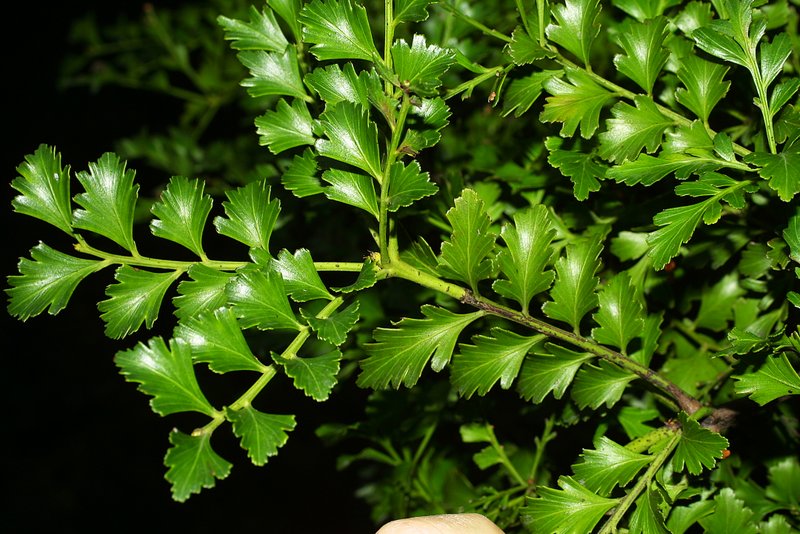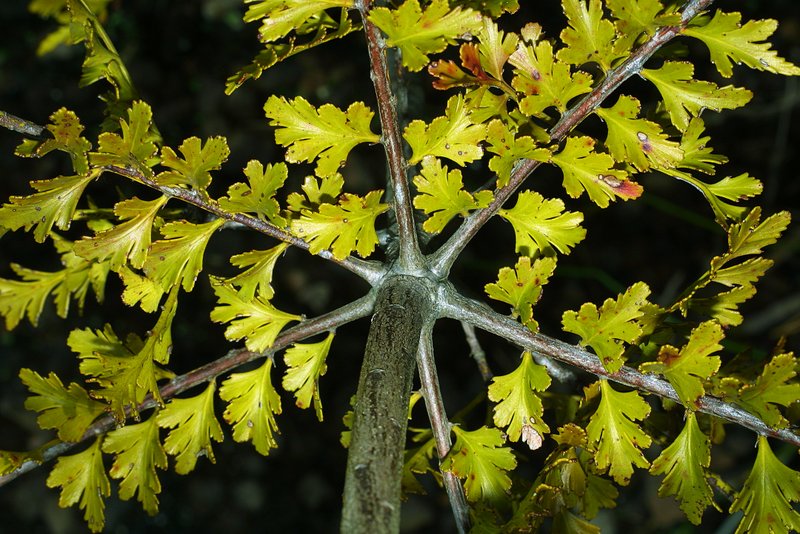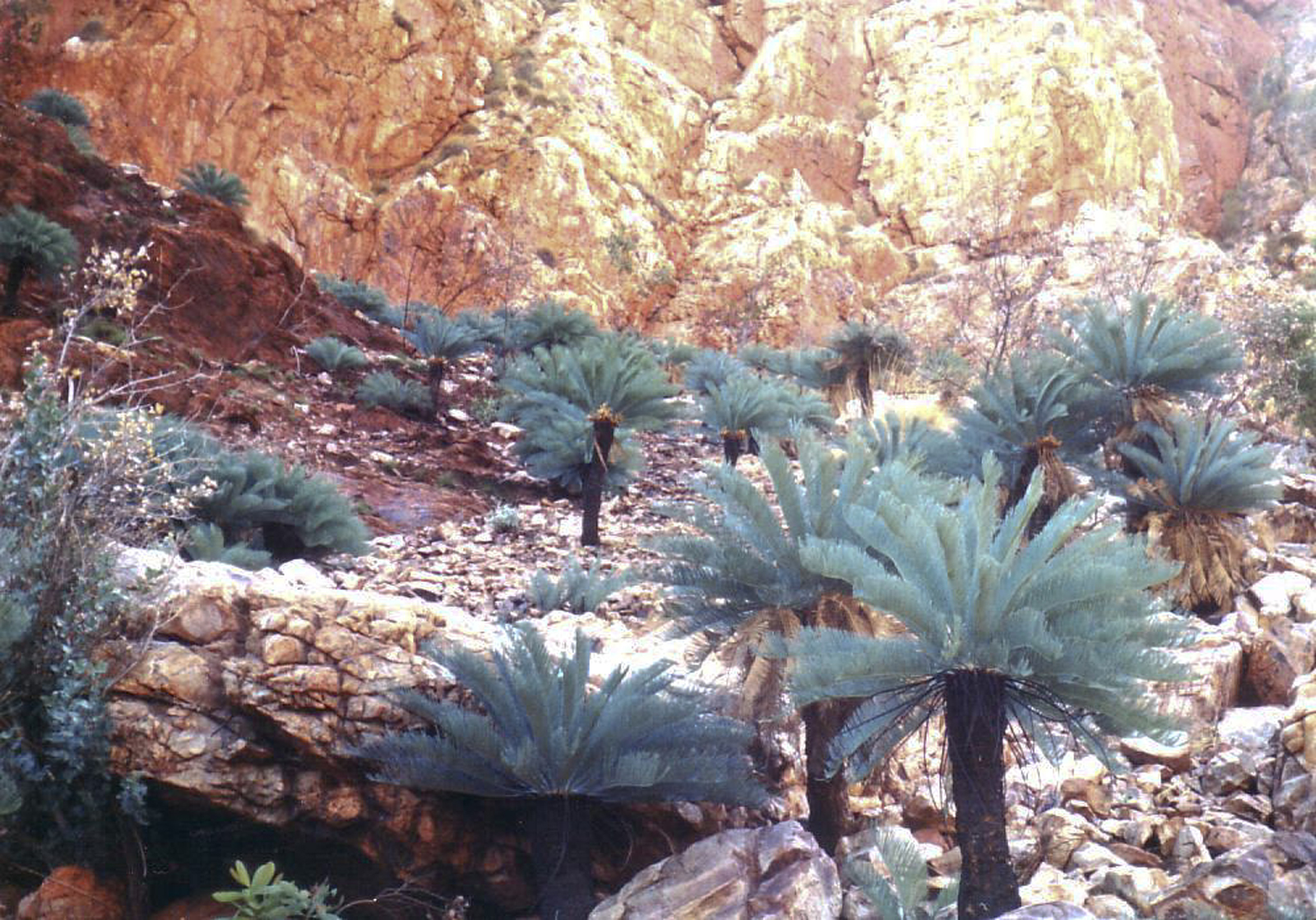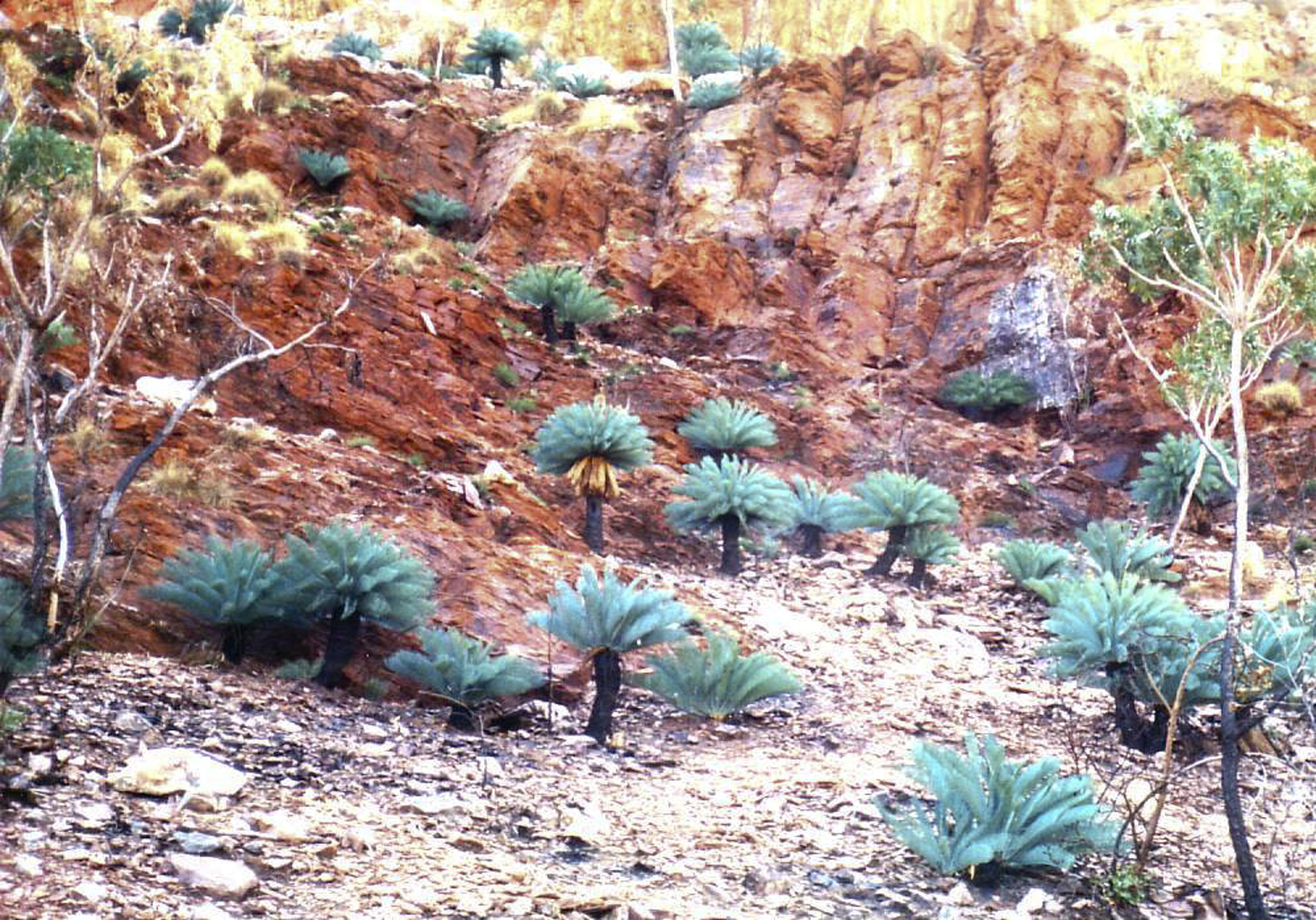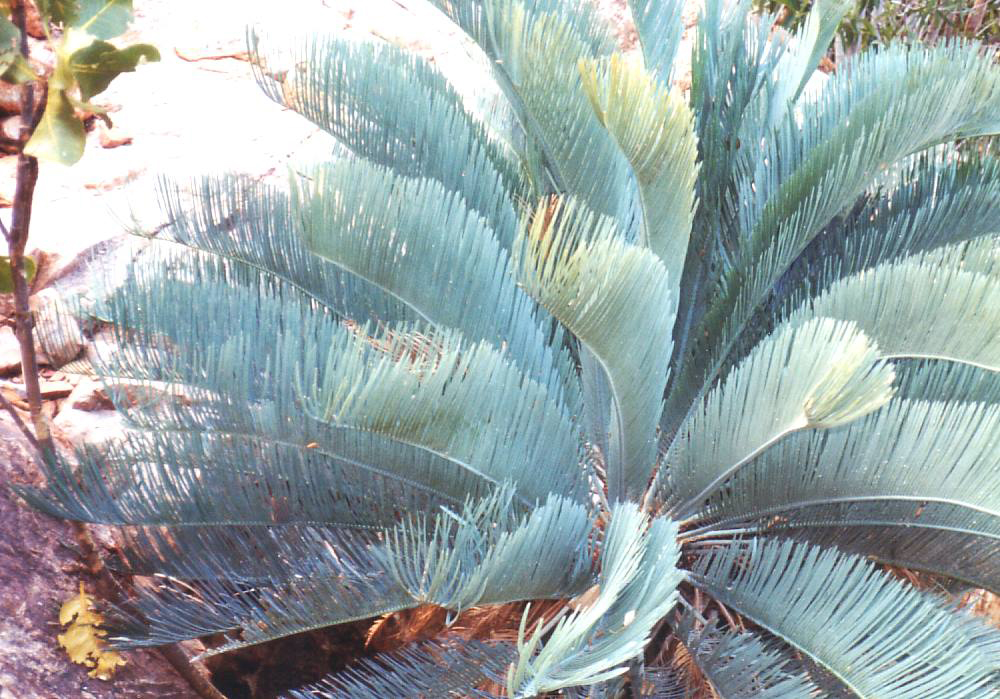- Joined
- Jun 26, 2020
- Messages
- 62
- Reaction score
- 51
- Hardiness Zone
- 6B
- Country

For some fun, and to hopefully inspire gardeners living around the world, I decided to start a special thread dedicated to showcasing the weird and wonderful visage of the world's most visually striking tree species. Although I normally focus on the endangered trees, I'll make an exception here; this thread is for all trees that are exceptional or out of the ordinary. It is however unfortunate that many trees that happen to be endangered or extinct in the wild also fit into this category. I'll begin by starting with our first featured tree - one which is a very appropriate poster child for the topic, and widely recognized too...
If you have ever opened up a book about sub-Saharan Africa or watched a nature film about African Wildlife, then you would be sure to see this stunningly picturesque tree standing majestically in the background. Unlike the more massive mainland Baobab which is also very iconic, this tree isn't identified very often by name, though it is every bit as imposing as its larger contemporary. The "Umbrella Thorn Acacia" is the tree that the public most widely associates with the African Continent as a whole. It is also nearly identical in its superficial appearance to the closely related, and less common species Vachellia erioloba, which replaces this tree further south toward Zambia. As a member of the Fabaceae, it has a very distinguished pedigree being related to familiar favorites within the Mimosoid clade of the legumes. Distantly related to the American Honey Locust ( Gleditsia triacanthos ), this A-list star celebrity of Africa's tropical dry forests apparently has similar properties to its seeds and foliage characteristics. I am happy to report that this species is still widely abundant and shows no signs of becoming endangered any time soon. As its common name would suggest, it does unfortunately have a dark side to it with its large, heavy thorns. Fallen branches with these thorns following a storm could make this tree particularly problematic for a landscape setting, though this doesn't prevent it from being just as beautiful to look at. I cannot help but love this tree.
The African Umbrella Thorn Acacia Tree
( Vachellia tortilis )
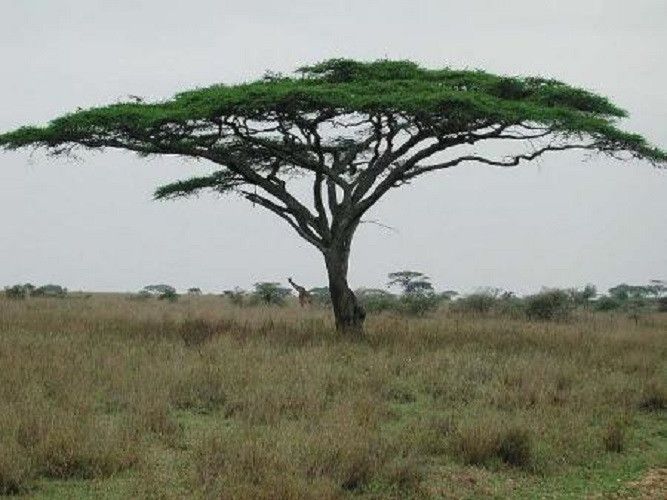
( Vachellia tortilis )

If you have ever opened up a book about sub-Saharan Africa or watched a nature film about African Wildlife, then you would be sure to see this stunningly picturesque tree standing majestically in the background. Unlike the more massive mainland Baobab which is also very iconic, this tree isn't identified very often by name, though it is every bit as imposing as its larger contemporary. The "Umbrella Thorn Acacia" is the tree that the public most widely associates with the African Continent as a whole. It is also nearly identical in its superficial appearance to the closely related, and less common species Vachellia erioloba, which replaces this tree further south toward Zambia. As a member of the Fabaceae, it has a very distinguished pedigree being related to familiar favorites within the Mimosoid clade of the legumes. Distantly related to the American Honey Locust ( Gleditsia triacanthos ), this A-list star celebrity of Africa's tropical dry forests apparently has similar properties to its seeds and foliage characteristics. I am happy to report that this species is still widely abundant and shows no signs of becoming endangered any time soon. As its common name would suggest, it does unfortunately have a dark side to it with its large, heavy thorns. Fallen branches with these thorns following a storm could make this tree particularly problematic for a landscape setting, though this doesn't prevent it from being just as beautiful to look at. I cannot help but love this tree.



